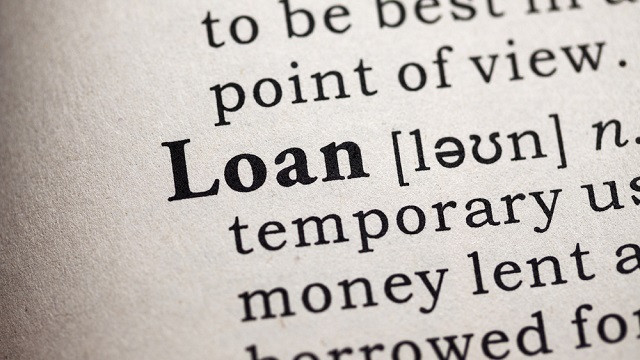
It is very important that a business owner understand key commercial lending terms when he or she decides which loan or even which lender is the right fit. With that in mind, here are 21 terms that we’ve tried to make easy-to-understand and that every borrower should be familiar with before they sit down with a lender. (These definitions shouldn’t be considered the legal definitions for these financial terms, but might be helpful when going through your loan documents. Make sure and ask your loan officer to explain any term you aren’t familiar with.)
1. Assets: Within the context of a small business loan an asset is something of value, owned by the borrower, which can be used as collateral by a lender.
2. Balloon Payment: The unpaid balance due at the end of a term loan for loan types that don’t fully amortize over the term of the loan. The balloon payment is due at the end of the loan to pay the balance in full.
3. Cash Flow: The total amount of money being transferred into and out of a business that is used to pay for day-to-day expenses.
4. Collateral: An asset, or assets, a borrower offers to a lender to secure a loan. The lender can acquire these assets if the borrower defaults on the loan.
5. Current Liabilities: Debt obligations owed by a business to creditors within a 12-month timeframe.
6. Default: Failure to make agreed upon periodic payments on a loan.
7. Fixed Asset: A “tangible asset,” like property or equipment that can be used as collateral.
8. Gross Profit: What is left over when the total cost of goods is subtracted from the total revenue.
9. Holdback: Within the context of a Merchant Cash Advance, the holdback is the percentage of the daily credit and debit card receipts that are withheld every day by the provider to pay back the advance.
10. Interest-Only Payments: Making only interest payments on a loan without paying anything on the principle. At the end of the term, the borrower will either need to refinance or pay back the principle in a lump sum.
11. Liabilities: A business’ debts or obligations, which can be resolved in the form of payments or the transfer of goods or services.
12. Line of Credit: A revolving loan that provides a fixed amount of capital that can be used, repaid, and then used again as needed.
13. Loan to Value Ratio: The ratio of a loan to the value of the purchased asset. It’s on of the metrics used to evaluate risk on a potential loan.
14. Merchant Cash Advance (MCA): An advance based upon a company’s daily credit card receipts into their credit card merchant account.
15. Net Income: A business’ total income after deducting the costs of good, taxes, and other expenses.
16. Overdraft: A deficit caused by the withdrawal of more money from an account than the account currently holds.
17. Principal: The amount of money being borrowed excluding interest payments and fees.
18. Profit and Loss Statement (P&L): A report maintained by a business that shows income minus expenses.
19. Secured Loan: A loan where the borrower puts forth collateral in the event they should default.
20. Term Loan: A loan that is repaid in regular periodic payments over a specified period of time.
21. Unsecured Loan: A loan where the borrower is not required to put for collateral to secure the loan.
Because this isn’t a comprehensive list of the terms a lender may use in the course of a loan discussion, it’s a good starting place. Nevertheless, you should always read your specific loan terms and definitions carefully, and consult a trusted advisor if you have any questions. If your lender uses a term you are unfamiliar with, always ask him or her to explain the meaning. If your lender can’t or won’t, it might be time to look for a new lender.